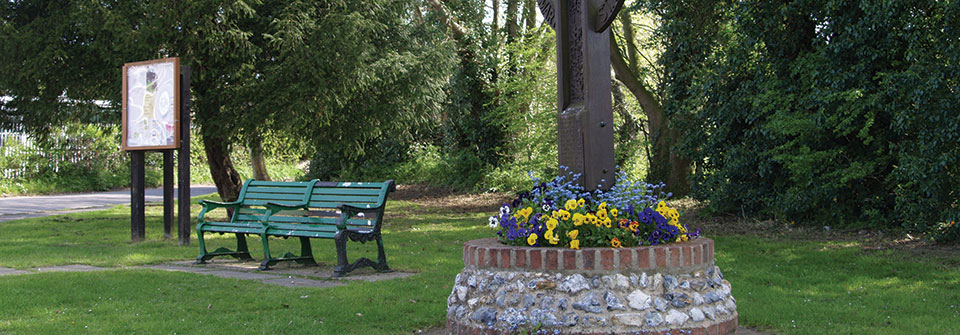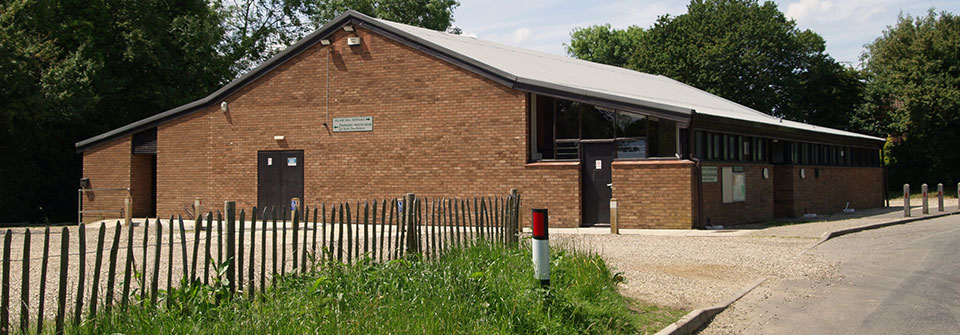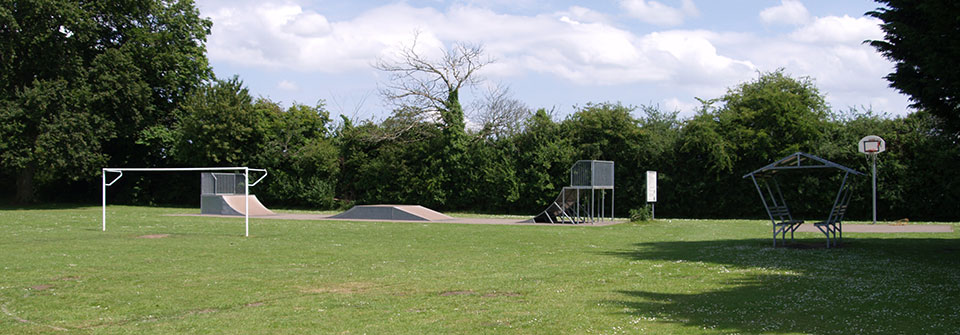A family in Wreningham suffered their worst nightmare when seven-year-old Nathanael was run over by their own car and suffered catastrophic life-threatening head and brain injuries. Keith Morris reports.
The horrific split-second accident happened in April 2022 and changed the lives of Nathanael and parents Alan and Lindsay Howes for ever.
Despite a devastatingly traumatic past 18 months the couple are praising God and thanking Him for saving their son and for the miraculous healing journey He is taking them on. They, along with Nathanael and their two adult daughters, Gabriella and Leila, are keen to share their story of suffering to offer hope and encourage to others, and have been doing so in churches across the region.
It was the end of just an ordinary Monday back in April 2022. Nathanael was running along a verge of a private road near their home in the South Norfolk village of Wreningham, when he tripped, fell and went under the back wheels of their car which was driving slowly down the driveway. Nathanael sustained critical injuries and was attended to at the scene by East Anglian Air Ambulance and the emergency services.
Nathanael was flown straight to Addenbrookes paediatric intensive care unit and major trauma hospital for the region, where he was put into an induced coma for four weeks and underwent two brain surgeries and many procedures. Nathanael’s traumatic brain injury left him unable to sit, stand, walk, talk, eat or drink.
The family spent three months in Addenbrookes Hospital and were then transferred to The Children’s Trust, specialist neuro rehabilitation centre for children with brain injuries, in Surrey, where they spent a further three months undergoing an intensive 12-week neuro rehabilitation programme.
During this time hundreds of Christians prayed locally, nationally and internationally for Nathanael.
“We are incredibly grateful for all the support of family and friends and many, many, Christians known and unknown to us,” said Alan. “We have seen some miraculous answers to prayer as Nathanael has overcome every prognosis put upon him from quadriplegia to remaining on a ventilator. By God’s miraculous healing and grace, Nathanael has relearned to sit, stand, play, drink, eat and is taking steps with support. In August he said ‘mum’ a first word we pray of many more to come.”
In October, thanks to the overwhelming generosity of many friends and supporters, the couple were able to buy a powerchair for Nathanael, giving him some freedom and independence.
Back in July, after almost a year back at home and reconnecting with their family and church friends at Servant’s Church, Alan and Lindsay began to feel that their story of suffering should be one to share with others to offer hope and encouragement.
A Christian brother and friend offered to design and build them a website which launched back in July. Now they are writing weekly blogs on various topics, reaching out to others with their testimony and sharing questions and insights about suffering. They are beginning to speak and share their story together as a family in churches across Norfolk and beyond and are working on publishing a book to offer hope and encourage others who are in the midst of suffering.
“Our suffering journey is ongoing as we come to terms with the effects of Nathanael’s traumatic brain injury, but God is with us every step of the way, His strength and mercy keep us moving forward and we pray and believe that Nathanael will continue to heal,” said Alan.
“We are Jesus followers and suffering survivors, we want to share the hope, encouragement and strength we have personally experienced with others in need.
“Life isn’t actually free from pain and suffering for the majority of us, and yet it is through these very experiences that we can find hope, encouragement and even joy from God who promises to carry us, sustain us and give us strength in suffering.”
To contact the couple or read their blog visit: www.strengthinsuffering.com
Pictured above are Lindsay, Nathanael and Alan Howes at their South Norfolk home.
Article courtesy of www.networknorfolk.co.uk











